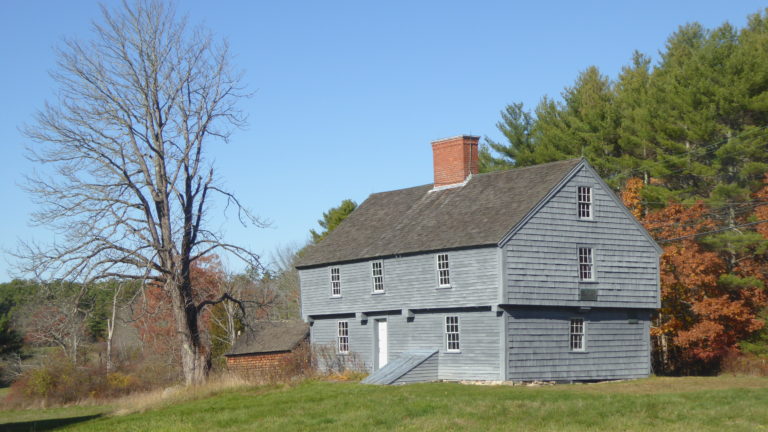This article is from the free online
Archaeology and the Battle of Dunbar 1650: From the Scottish Battlefield to the New World


Reach your personal and professional goals
Unlock access to hundreds of expert online courses and degrees from top universities and educators to gain accredited qualifications and professional CV-building certificates.
Join over 18 million learners to launch, switch or build upon your career, all at your own pace, across a wide range of topic areas.

 The McIntire Garrison House today, looking north. The kitchen, with cellar below, is at this end of the building; the living room at the far end beyond the door. There are two bedrooms above either side of the central stack. © Christopher Gerrard, Durham University.
The McIntire Garrison House today, looking north. The kitchen, with cellar below, is at this end of the building; the living room at the far end beyond the door. There are two bedrooms above either side of the central stack. © Christopher Gerrard, Durham University.






